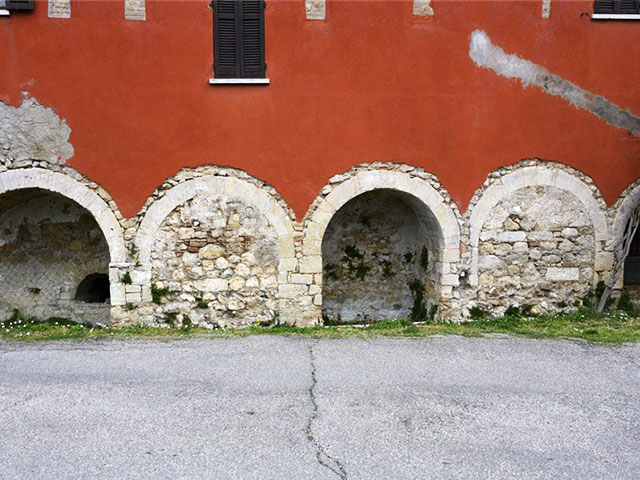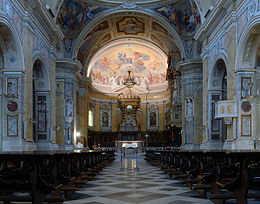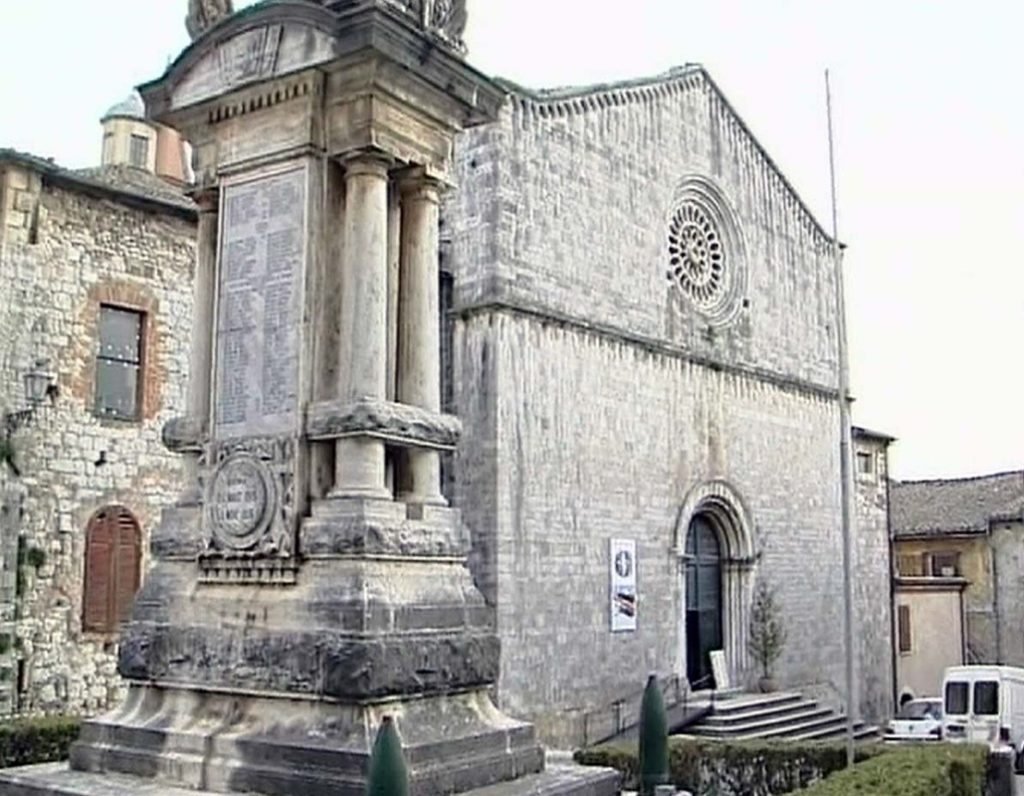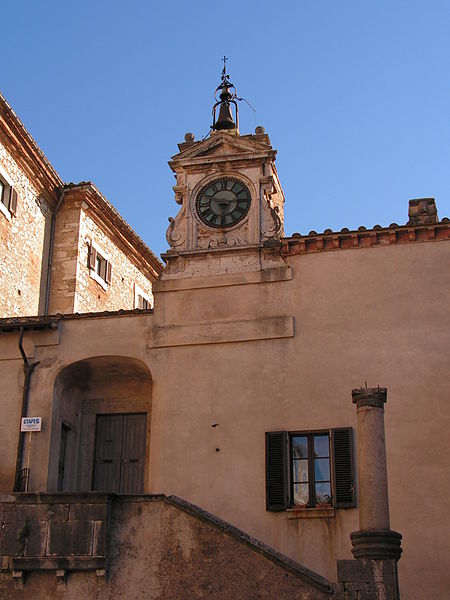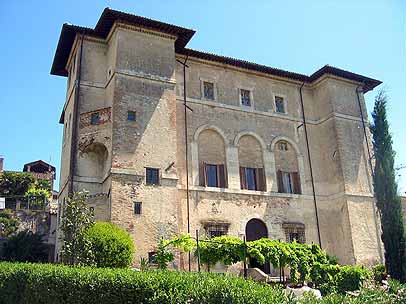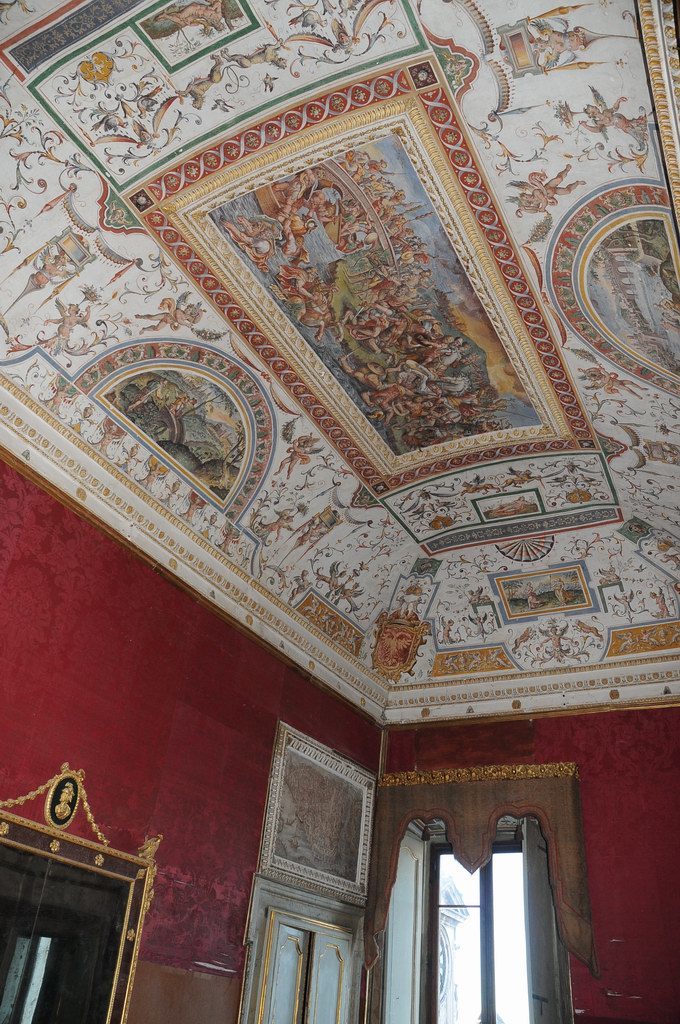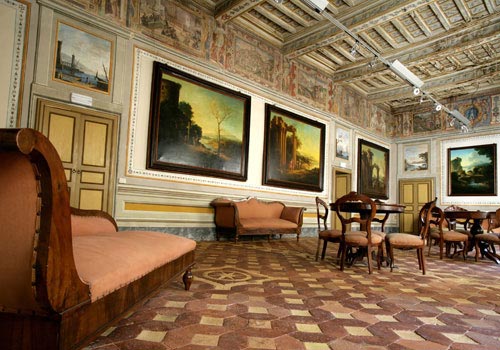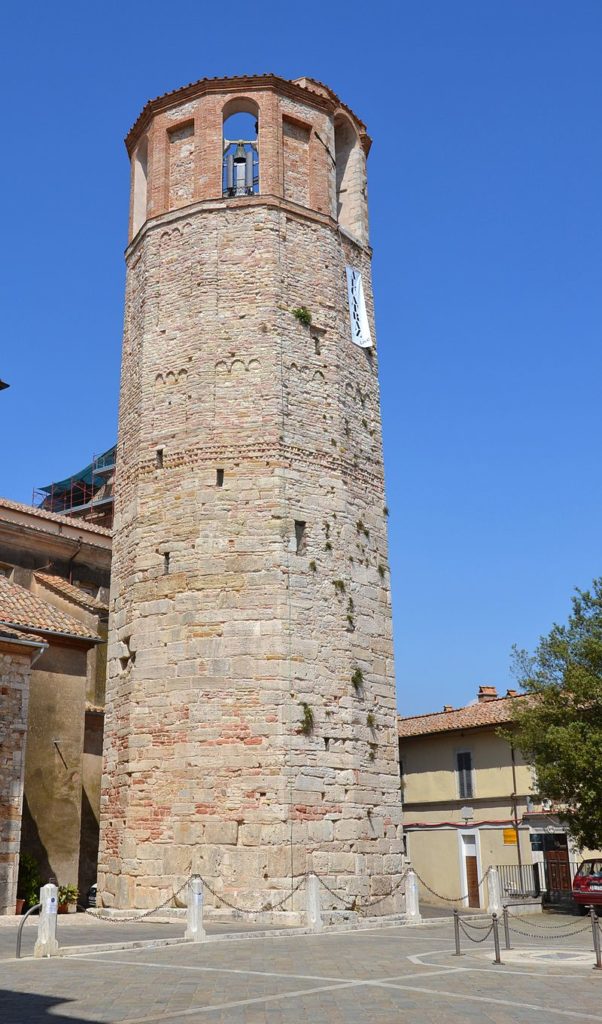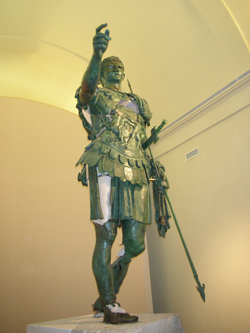Amelia
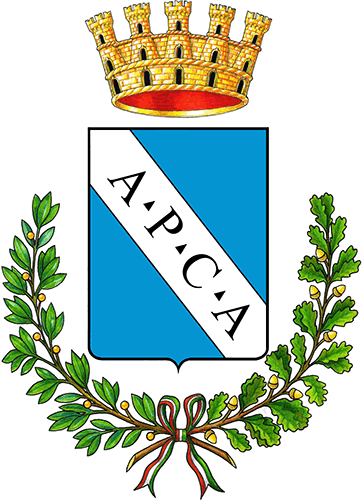
PROVINCE:
WEB:
for tourist information
IAT di Amelia
Piazza Augusto Vera, 10
Tel: 0744 981453
info@iat.amelia.tr.it
www.turismoamelia.it
Amelia
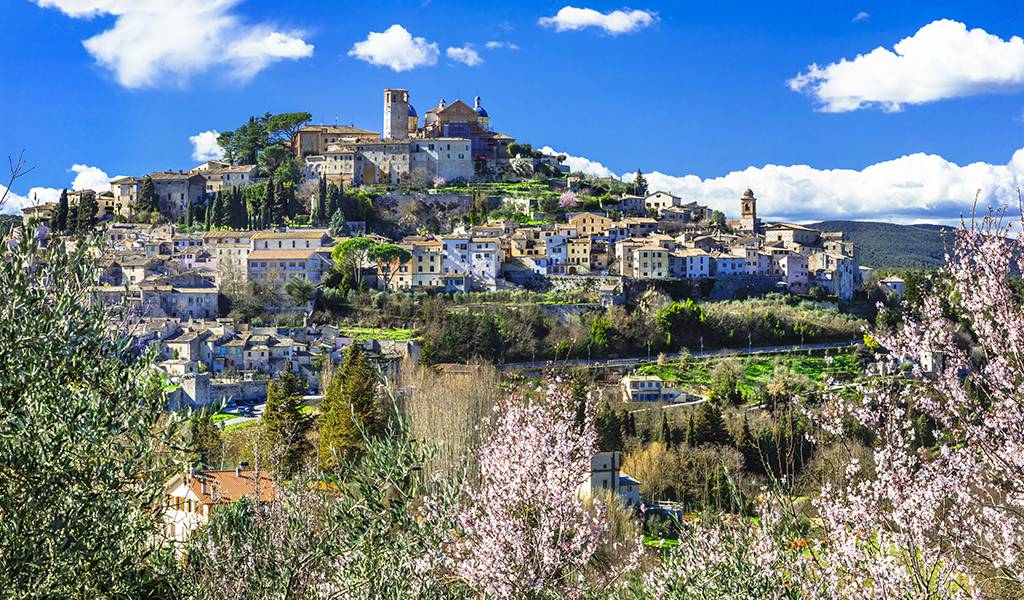
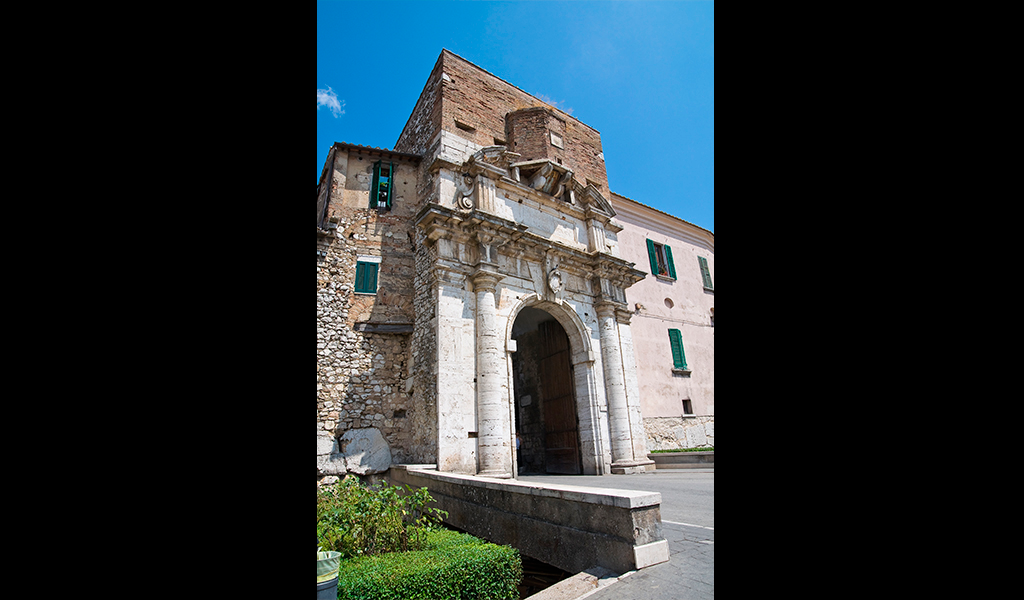
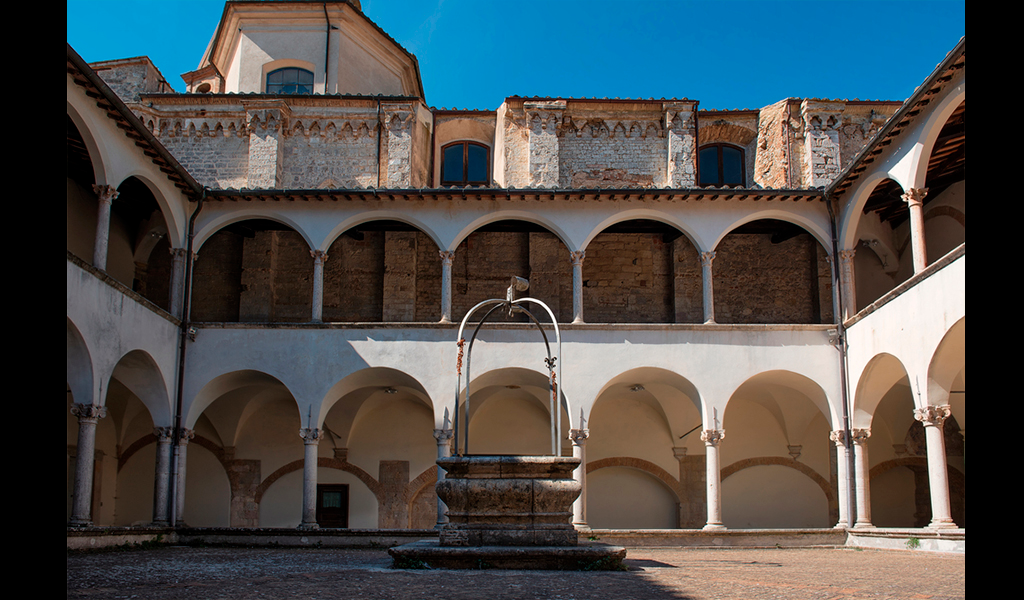
allerona è ISCRITTA A:

discovering the village
Along the Via Amerina – the only one that in the Middle Ages allowed the connection between Rome and Ravenna, seat of the Exarchate – stands the city of Amelia, founded by the legendary king Ameroe.
Among the first Italic centers, Amelia preserves the traces of the various eras and civilizations that followed one another there, emblematically represented by the layout of the Edilberto Rosa Civic Archaeological Museum and Art Gallery, housed in the former convent of San Francesco.
On the ground floor, the museum – which is also known as the Boccarini Complex – houses numerous finds from the Hellenistic necropolis of the former Consorzio Agrario: from the tombs of the nobles buried there, objects for personal care, ornaments and objects of everyday use have emerged, as well as the skeleton of a dog, buried next to a child.
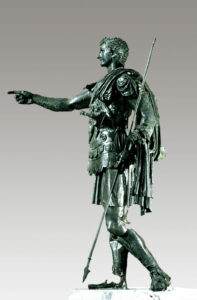
The civic museum also houses numerous artefacts that bear witness to the flourishing Roman era, including the magnificent statue of Nero Claudius Drusus Germanicus, found in 1963 following the demolition of a mill. The statue of the chosen successor of the emperor Augustus, in the typical adlocutio position, is adorned with extremely valuable armour. Although the back is very damaged, on the front it is possible to recognise the scene of Achilles’ mythical ambush of Troilus, a symbol of Germanicus’ military valour as well as his premature death in the East.
In addition to the statue of Germanicus, the museum also features inscriptions, urns and cippi dating from the 1st century BC to the 2nd century AD, as well as a curious figurative capital that cannot be traced back to any of the known styles. In fact, it features war trophies and ship beaks, and was perhaps dedicated to the triumph of 31 BC. of Augustus at Actium, which marked the end of the war against Mark Antony.
The exhibition of the civic museum ends with medieval finds, part of the Spagnoli collection and with the art gallery with works from the 15th to the 18th century, including a Sant’Antonio Abate by Piermatteo d’Amelia.
But the visit to Amelia does not end here. Palazzo Farrattini and Palazzo Petrignani are not to be missed. The first (1520-1525) was designed by Antonio da Sangallo the Younger and is the preparatory study for the Palazzo Farnese in Rome. It was built on what were the Roman baths, so much so that, in the basement, it is still possible to admire vaults, opus and mosaics with black and white tiles.
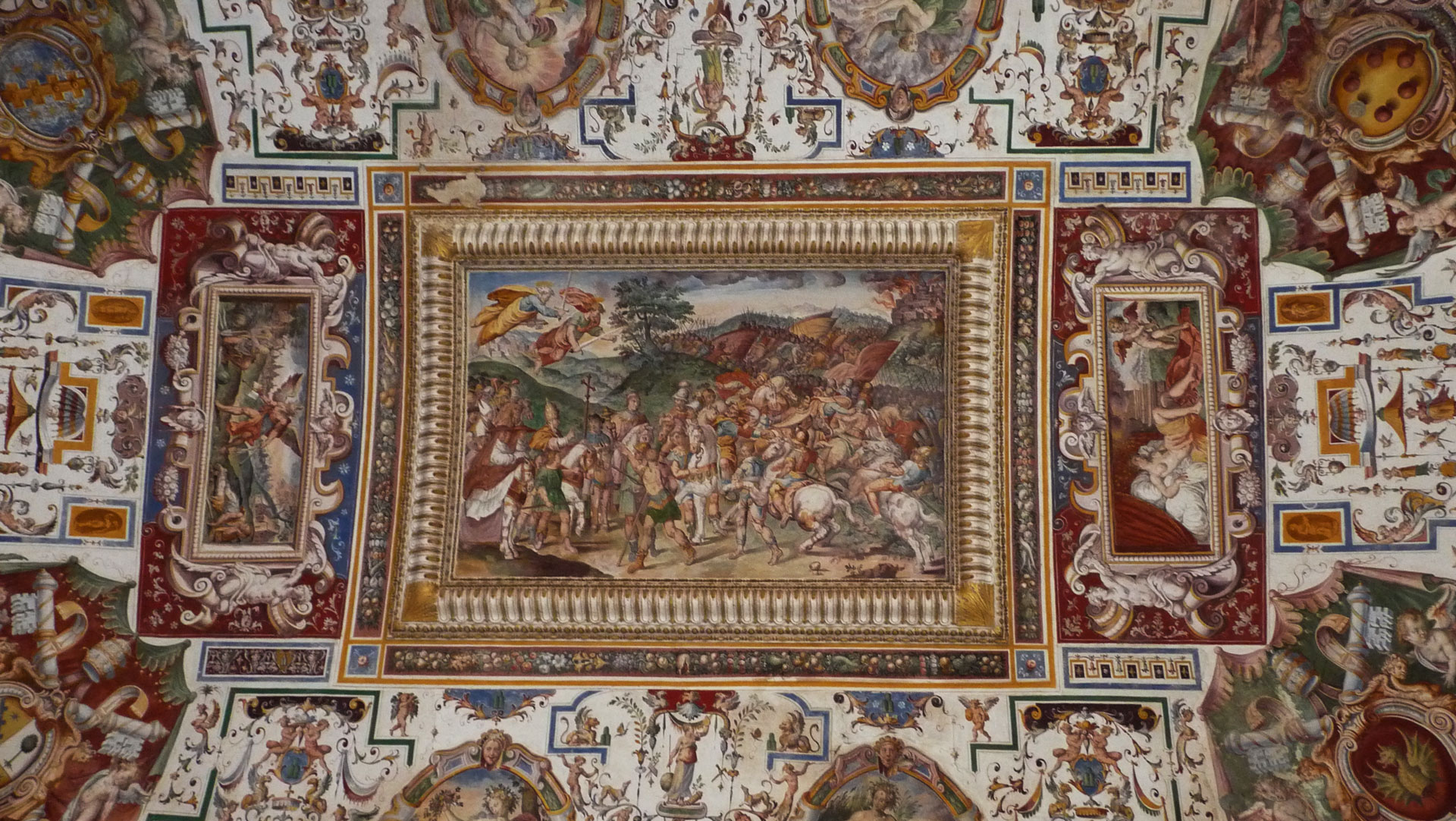
A little further on, Palazzo Petrignani was built at the end of the 16th century by order of the then Archbishop of Cosenza Fantino Petrignani, known for being the protector of Caravaggio. The façade, inspired by Sangalle, contains an internal pictorial decoration that, although it follows the same pattern of grotesque panels with historical episodes in all the rooms, finds its maximum realization in the Sala dello Zodiaco, where the meeting between Attila and Leo the Great on the banks of the Mincio is depicted (452 AD). It is an evident copy of the fresco by Raphael in the Vatican, the one that embellishes the room of Heliodorus, but no less beautiful or elegant is the one in Amelia – the work of different workshops.
The visit continues towards the religious buildings of the city, including the Cathedral of Santa Fermina, dating back to the 9th century but completely destroyed by a fire in 1629. The baroque appearance that we can admire today is in fact the result of the seventeenth-century reconstruction. Inside it houses two banners stolen from the Turks during a raid in the 18th century, as well as works by Niccolò Circignani known as Pomarancio and Agostino di Duccio. It also houses two important organs, which are added to the others scattered around the city and which are at the center of the Maggio organistico amerino, an international event that celebrates the precious and often rare musical instruments.
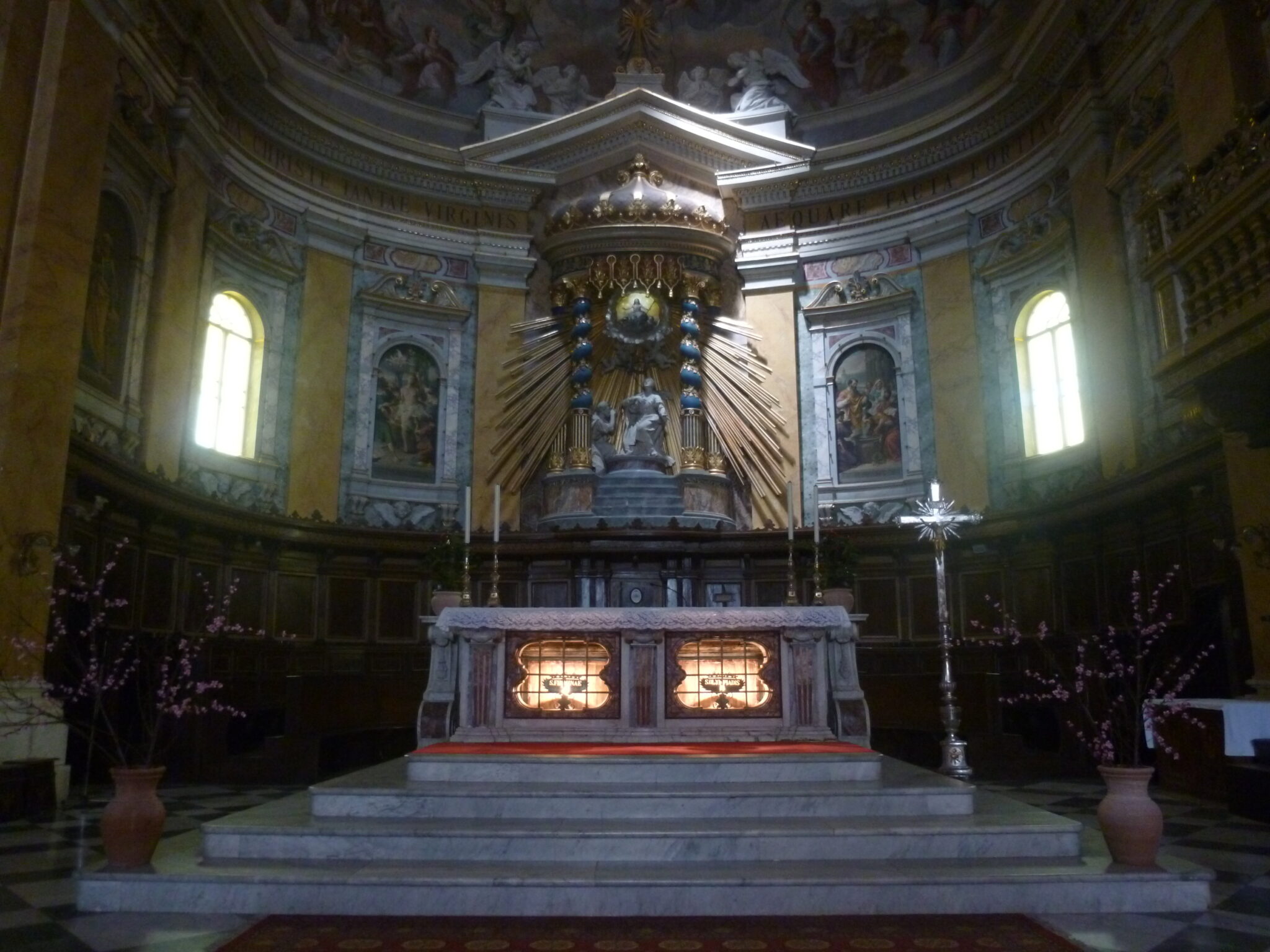
In addition to those in the cathedral, Amelia can in fact boast a very rare seventeenth-century double-keyboard organ, present in the Church of San Magno, and an eighteenth-century organ housed in the Church of Sant’Agostino.
About 5 km south-east of the town, the Franciscan Convent of the Santissima Annunziata is also worth a visit. The sixteenth-century structure houses a canvas by Domenico Bruschi with the Annunciation, while in the courtyard there is a permanent artistic nativity scene with dioramas. The structure has also been enriched with a planetarium with more than sixty seats.
A visit to the eighteenth-century Teatro Sociale di Amelia is a must, a typical Italian wooden theater that still preserves the original stage mechanisms, which are still in working order. The theater, embellished with works by the painter Domenico Bruschi made between 1880 and 1886, was the location for the scene of the theatrical performance featured in Il Marchese del Grillo by Mario Monicelli.
A short distance from the theatre there is also the most majestic of the many Roman cisterns woven into the urban fabric of the city: this underground work, made up of 10 contiguous rooms, could in fact contain up to 4300 m3 of water. The fortification walls are also ancient, demonstrating how Amelia’s position made it a tasty morsel for other nearby strongholds, such as Narni or Todi. The walls, whose construction dates back to between the end of the 4th and the 3rd century BC, are in polygonal limestone work and in square clastic travertine work and have an irregular shape, adapting to the conformation of the territory.
Moving away a little from the city center, you come across traces of what were once medieval defensive fortresses and each of them has a story to tell: Foce seems to have been founded by some Corsicans who wanted to escape the Saracen raids on their home island; Collicello is said to have hosted Saint Francis, although today only the ruins of the monastery remain and it was instead a cave that was dedicated to the poor saint; Fornole, destroyed by Braccio da Montone, had been a production center for pottery, terracotta and bricks in Roman times. Sambucetole had suffered the same fate at the hands of Paolo Orsini and, abandoned by the survivors, it was rebuilt only sixty years later. It was repopulated by 34 families of Slavic colonists, a term used to indicate the Balkan Slavic populations; this connotation, from 1471, lasted until the Second World War.

To conclude your visit to Amelia in style, you can’t miss a meal based on typical dishes: handmade manfricoli, various soups, wood pigeon alla leccarda, omelette with herbs, pampepato at Christmas, sweet or savory pizza at Easter, must biscuits in autumn. All seasoned with extra virgin olive oil DOP Colli Amerini and DOC wines from the area.




